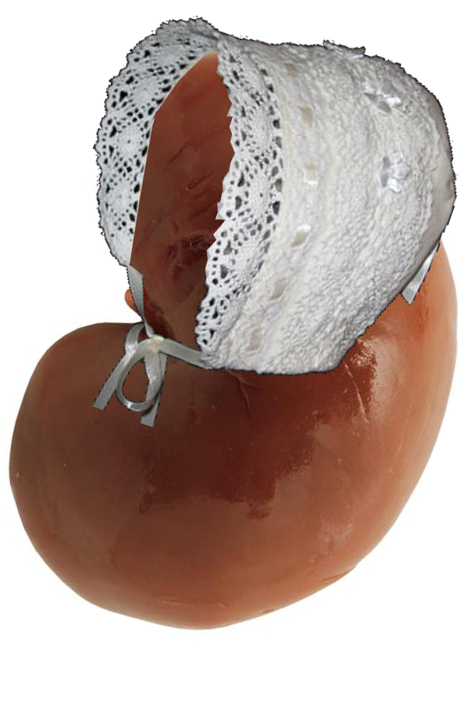Young kidney grows up outside in Queensland
 Some Australian researchers are beaming with pride to see their little one grow up – scientists in Queensland have guided stem cells to grow into a baby kidney.
Some Australian researchers are beaming with pride to see their little one grow up – scientists in Queensland have guided stem cells to grow into a baby kidney.
Biological researchers at the University of Queensland's Institute for Molecular Bioscience have seen a new organ take its first steps within the safe confines of a Petri dish.
A team has managed to encourage a group of embryonic stem cells to produce two of the cell types needed to form itself into a kidney. A key step involved providing the cells with particular combinations of molecules known as ‘growth factors’, which persuade cells to self-organise into a miniature kidney.
By exposing the cells to a specific sequence of growth factors, researchers were able to mimic the natural cycles that they would go through to develop the organ in its normal anatomical context.
“We had to walk the cells through all the steps they normally would take during development,” says Professor Melissa Little.
“We used what normally happens in development to tell us what to add.”
The pay-off was even more than expected – researchers were aiming to create just one of the cells that make up the kidney, but ended up with two instead.
“We went in thinking we would be able to make a single stem cell type, but we looked down the microscope and realised we were getting both types,” says Little.
“What we've made is a much more complex set of cells. That's a huge advance in terms of what has been possible to date.”
The extra bits meant the cells in experimental dishes began to organise themselves into some of the more complex structures of the kidney.
More details are available in the report published by the journal Nature Cell Biology.
The Queensland-based project has gone even further than previous efforts to build the vital body part in the lab. The reality of replacement kidneys may be decades away, but it is brought closer with each new piece researchers can coax into life.
Meanwhile, the young sections of organs are extremely useful for testing new treatments with fewer health risks.
“The fact that such stem cell populations can undergo self-organisation in the laboratory bodes well for the future of tissue bioengineering to replace damaged and diseased organs and tissues,” Prof Little said
“One in three Australians is at risk of developing chronic kidney disease and the only therapies currently available are kidney transplant and dialysis
“Only one in four patients will receive a donated organ, and dialysis is an ongoing and restrictive treatment regime. We need to improve outcomes for patients with this debilitating condition.”








 Print
Print